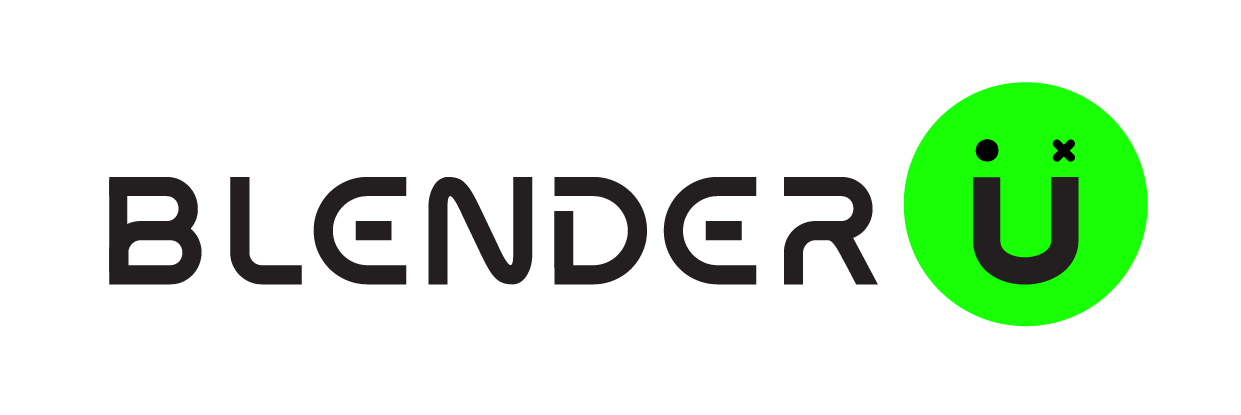UI/UX Design Services
🖌️ At Blender UI/UX, we craft digital experiences that are intuitive, impactful, and memorable. Our UI/UX design services are built around understanding your users, aligning with your business goals, and creating seamless interactions that drive engagement
🌍 Our Approach: We believe that great design starts with deep research. Our team dives into user behaviors, industry trends, and competitive landscapes to ensure every decision is data-driven and user-centered. We translate insights into wireframes, prototypes, and high-fidelity designs that bring your vision to life.
🎨 Our services are designed to guide you through the full journey of digital product creation. From uncovering deep user insights to crafting seamless user journeys and creating visually stunning interfaces, we focus on delivering cohesive and meaningful experiences. With an emphasis on strategy, usability, and scalability, we ensure every project is carefully tailored to meet both user needs and business objectives.
🌟 Why Choose Us: We prioritize clarity, functionality, and emotional resonance in every project. Whether you’re launching a new product or redesigning an existing platform, we partner with you to build experiences that not only look exceptional but also feel intuitive to users.
🚀 Let’s create digital experiences that inspire, connect, and perform. Contact us today to get started.
Applications Discipline We Design
SaaS Systems
CyberSecurity
Healthcare & Medical
Military & Defense
SaaS Systems
Telecommunications
ERP dashboards
B2B/B2C E-commerce
Education & eLearning
Automotive
Smart Home Devices & IoT
Telecommunications
Government
HR & Recruiting Tools
Media & Publishing
UI UX design process
Research and Discovery
Competitor analysis helps uncover gaps in the market, and identifying industry trends ensures that the product is relevant and competitive.
Collecting data from users through surveys, interviews, or analytics provides valuable insights into user expectations and motivations.
Define Goals and Objectives
Clear project goals help in guiding the design process and ensuring the product aligns with the company's vision.
Key Performance Indicators (KPIs) are set to measure the success of the product. KPIs could include user engagement, retention, conversion rates, or customer satisfaction.
User Personas and Scenarios
demographics, needs, goals, and behaviors.
User Scenarios are detailed narratives that describe how different personas would interact with the product. These scenarios help designers understand the user’s perspective, making it easier to create designs that solve real-world problems.
